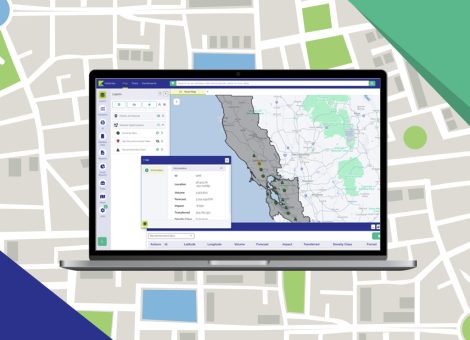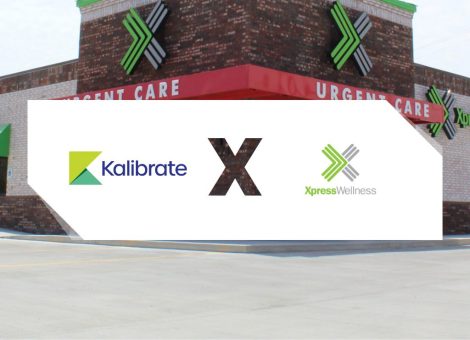Using location-based marketing to attract tourists

In today’s digital age, location-based marketing has become a game-changer for businesses seeking to attract customers to their locations. In the past, it was nearly impossible to collect and analyze data on customers who weren’t regularly visiting, but by utilizing mass mobile data, retailers can now optimize their digital marketing strategy and draw travelers to their destination.
Harnessing massive mobile data
Mobile devices have revolutionized the way we interact with the world, and their ubiquity has paved the way for innovative marketing strategies. Mass mobile data, which includes anonymized information about users’ movements and behaviors, can provide invaluable insights into the tourists visiting your location and surrounding areas. By analyzing this data, you can identify peak visiting times, popular routes, preferred attractions, and conduct demographic and lifestyle-based consumer profiling. This data-driven approach allows you to tailor your marketing efforts and location strategy to align with tourists’ preferences, enabling more targeted and effective campaigns.
Customer profiles
Creating detailed customer profiles is the cornerstone of successful location-based marketing. By understanding your target audience’s demographics, interests, and preferences, you can tailor your messages to resonate with them on a personal level. To attract tourists, consider factors such as age groups, travel motivations (adventure, relaxation, culture), and spending habits. Businesses that invest in building a robust customer profile see that investment return several times over. Profiles serve as the basis for:
- Predictive prospect models to help you identify which tourists are most likely to become customers
- Understanding where tourists stay, visit, avoid, and the value they could represent for your brand
- Strategic marketing decisions, including channel selection and resource allocation
With a well-defined customer profile, you can curate content and offers that tap into tourists’ desires, increasing the likelihood of capturing their attention and interest.
Identifying Trade Areas
A trade area is a geographical zone that encompasses your business’s primary target audience. For tourist-focused businesses, this area might include travel hotspots, a strip of hotels, and areas with lots of traffic to get to certain destinations. Identifying these trade areas helps you understand where to concentrate your marketing efforts and location strategy.
Creating a location-based digital marketing strategy
Now that you have the foundational elements, it’s time to craft a comprehensive location-based digital marketing strategy:
Geotargeted campaigns:
Use geotargeting to deliver location-specific content and promotions to users when they are in or near your destination or your competitor’s. For example, offer exclusive discounts or tour information to visitors who are within a certain radius of your attractions.
Personalized recommendations:
Utilize customer profiles to provide personalized recommendations based on travelers’ preferences. This could include suggesting activities, restaurants, or events that align with their interests, creating a more memorable experience.
User-generated content:
Encourage tourists to share their experiences on social media using location-specific hashtags. User-generated content not only provides authentic endorsements but also expands your reach to potential visitors who are influenced by peer recommendations.
Use conversion zones
Conversion zones are geofences built around your locations. Some ad types support conversion zone tracking, where devices you’ve served an ad to can be counted when they visit your location. No, you can’t identify those customers individually, but conversion zones are a key KPI and an indicator of foot traffic captured in response to your ad.
Data analysis and iteration:
Regularly analyze the performance of your location-based campaigns. Monitor engagement, click-through rates, and conversions to refine your strategies over time. Data-driven insights allow you to make informed adjustments and ensure the effectiveness of your marketing efforts.
In the realm of tourism, location-based marketing has emerged as a powerful tool to attract and engage travelers. By leveraging mass mobile data, crafting customer profiles, and identifying trade areas, you can develop a location-based digital marketing strategy that speaks directly to your target audience. As tourists increasingly rely on their mobile devices for travel planning, embracing these techniques can help your business stand out in a competitive market and create unforgettable experiences for visitors.
Read more articles about:
Location-based marketing contentSubscribe and get the latest updates
You may unsubscribe from our mailing list at any time. To understand how and why we process your data, please see our Privacy & Cookies Policy
Related resources
Location intelligence
Market Optimizer: Demo video
Market Optimizer allows users to strategically grow their network in existing markets while balancing revenue...

Fuel pricing
The Kalibrate news round-up: June 2025
In this monthly feature, we look across the industry and mainstream news to uncover stories of note that we think are...


